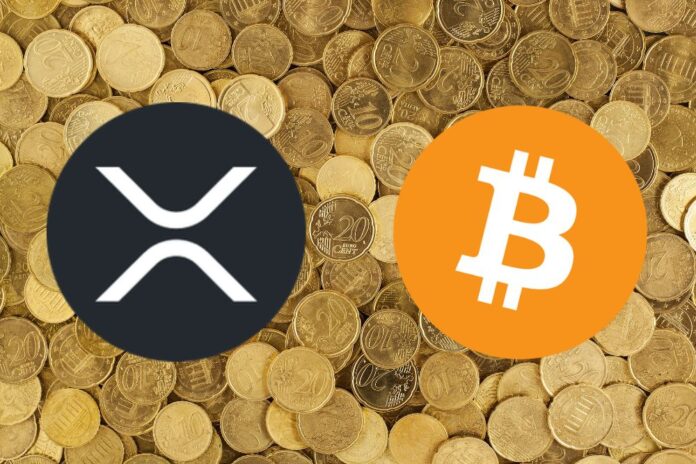Bitcoin has long been regarded as the gold standard for cryptocurrencies, embodying the revolutionary spirit of decentralized finance. However, being the oldest cryptocurrency comes with its problems.
Transactions are slow, fees are high and it isn’t scalable. Many other cryptocurrencies have tried to solve Bitcoin’s problem over the years, but only one has successfully captured the hearts of users while serving the true purpose of a decentralized alternative to fiat currency.
According to Edoardo Farina, CEO of Alpha Lions Academy, XRP is the pride of Satoshi Nakamoto. Edoardo expressed his disillusionment with Bitcoin’s trajectory, contrasting it with XRP. Farina’s statement that “$XRP is everything Bitcoin dreamed of being” encapsulates a growing sentiment among certain sectors of the cryptocurrency community.
Will XRP Take Over from Bitcoin?
Bitcoin, launched in 2009 by the pseudonymous Satoshi Nakamoto, was envisioned as a decentralized digital currency, free from the control of governments and financial institutions.
It promised to empower individuals through a peer-to-peer network, enabling secure and transparent transactions without intermediaries. This vision resonated with early adopters drawn to Bitcoin’s potential to disrupt the traditional financial system.
Over the years, however, Bitcoin’s role and perception have shifted. As institutional investors and major financial players entered the market, Bitcoin’s value skyrocketed, turning it into a highly sought-after asset.
This surge in value attracted a wave of speculation, with many viewing Bitcoin primarily as a store of value or a speculative investment rather than a functional currency.
Farina’s assertion that Bitcoin has become “a vulgar asset that has no purpose except to make money for Wall Street via market manipulation” reflects the frustration of those who believe that Bitcoin has strayed from its original ideals.
We are on twitter, follow us to connect with us :- @TimesTabloid1
— TimesTabloid (@TimesTabloid1) July 15, 2023
In contrast, XRP has positioned itself as a more practical solution for global financial transactions, and many countries and central banks are already considering this digital asset.
Unlike Bitcoin, which relies on a proof-of-work consensus mechanism that demands significant computational power, XRP uses a consensus protocol that is more energy-efficient and capable of handling transactions faster and cheaper.
This makes XRP particularly suited for cross-border payments and remittances, where traditional financial systems often falter due to high fees and slow processing times.
Farina’s statement suggests that XRP embodies the original spirit of Bitcoin more faithfully than Bitcoin itself.
By focusing on real-world applications and working within the regulatory environment, XRP has arguably achieved what Bitcoin initially set out to do by providing a decentralized yet practical solution for global financial transactions. This design has also inspired confidence in an upcoming bull run with XRP leading the charge.
Disclaimer: This content is meant to inform and should not be considered financial advice. The views expressed in this article may include the author’s personal opinions and do not represent Times Tabloid’s opinion. Readers are urged to do in-depth research before making any investment decisions. Any action taken by the reader is strictly at their own risk. Times Tabloid is not responsible for any financial losses.
Follow us on Twitter, Facebook, Telegram, and Google News


